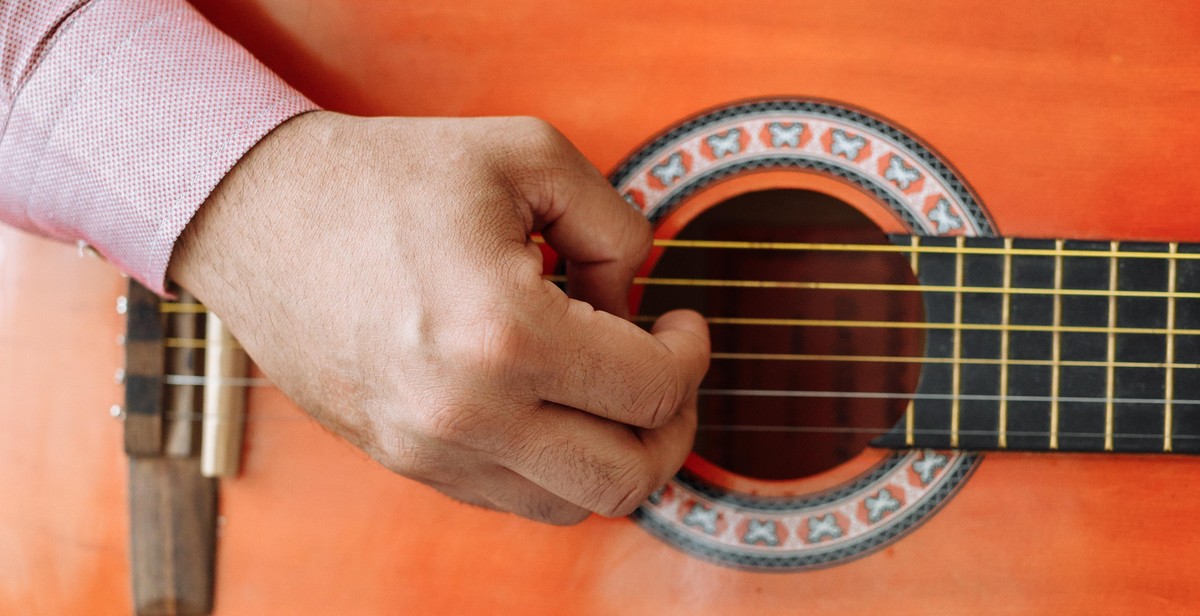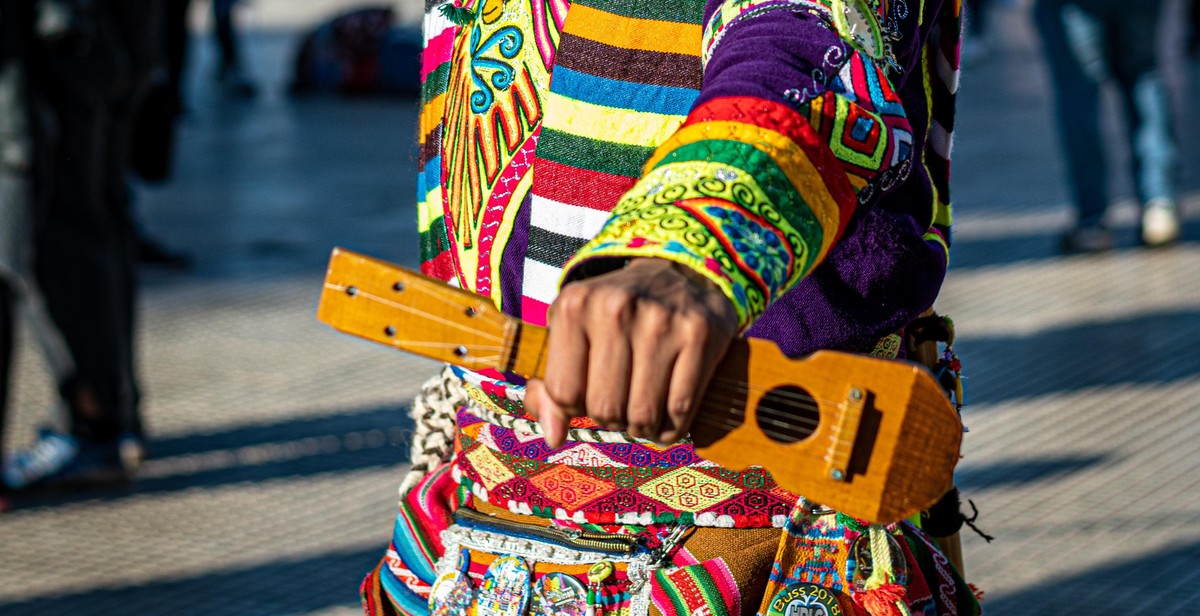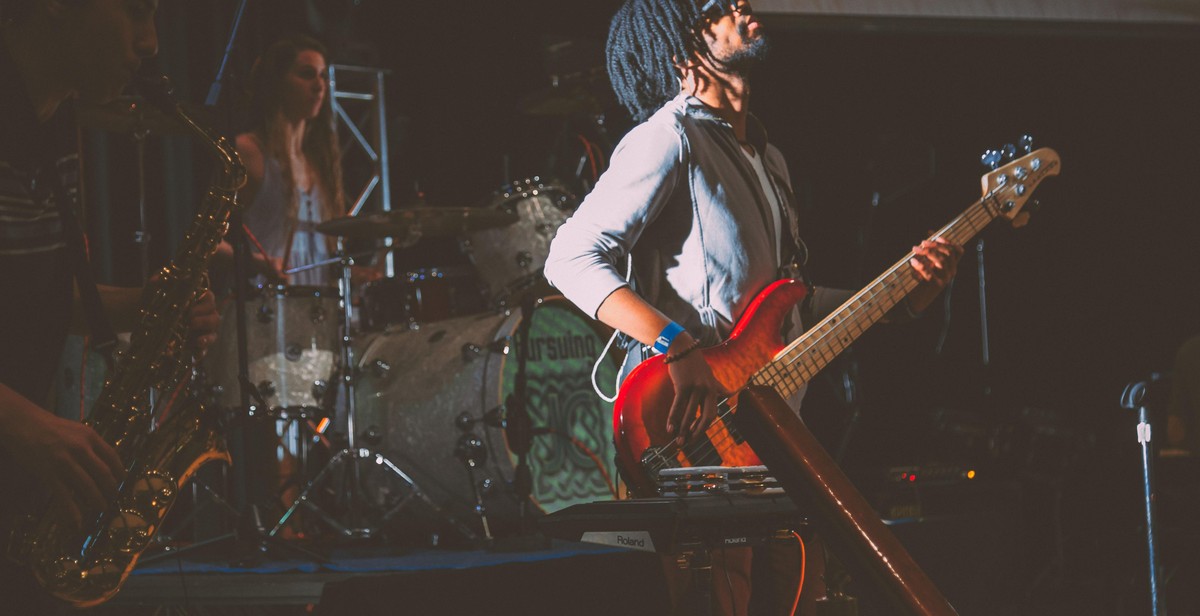Introduction
The charango is a small, traditional stringed instrument that originated in the Andes Mountains of South America. It is a member of the lute family and is typically made from the shell of an armadillo or a type of wood. The charango has 10 strings, which are usually tuned to GCEAE, similar to the top four strings of a guitar.
History of the Charango
The origins of the charango can be traced back to the Inca Empire, where it was used in traditional music and ceremonies. During the Spanish colonization of South America, the charango was introduced to new materials and techniques, which led to its modern form.
Playing the Charango
Playing the charango involves both strumming and fingerpicking techniques. The strumming technique is similar to that of a guitar, but the fingerpicking technique is unique to the charango. The instrument is held close to the body, and the strings are plucked with the fingers of the right hand. The left hand is used to press down on the strings to create different notes and chords.
Learning to play the charango can be challenging, but with practice and dedication, it can be a rewarding experience. This beginner’s guide will provide you with the basics of playing the charango, including tuning, strumming, and fingerpicking techniques.

Getting Started: Beginner’s Guide to Playing the Charango
The charango is a small, traditional stringed instrument from South America that is similar to a ukulele. It has five courses of strings and is played with a combination of strumming and fingerpicking techniques. If you’re interested in learning how to play the charango, here are some essential steps to get started:
Choosing the Right Charango
When choosing a charango, it’s important to consider the size and quality. Charangos come in different sizes, ranging from 30cm to 70cm, so it’s essential to choose one that fits your body and playing style. Additionally, the quality of the charango will affect the sound and playability, so look for one made from high-quality wood and with good craftsmanship.
Tuning Your Charango
Before you start playing, you need to tune your charango. The standard tuning for a charango is GCEAE, which is similar to the tuning of a ukulele. You can use a tuner or tune by ear, but it’s essential to have the correct tuning to play in tune with other musicians.
Holding Your Charango
When holding your charango, it’s important to have a comfortable and stable position. You can sit or stand, but make sure the charango is supported by your body. Hold the neck of the charango with your left hand and use your right hand to strum or fingerpick the strings. Practice holding the charango and getting comfortable with the position before you start playing.
With these essential steps, you’re ready to start playing the charango. In the next sections, we’ll cover basic strumming and fingerpicking techniques to get you started on your musical journey.

Strumming Techniques
Strumming is an essential part of playing the charango. It involves using the fingers or a pick to create a rhythmic sound by brushing or striking the strings. Here are some basic strumming techniques that every beginner should know:
Basic Strumming Patterns
The easiest way to start strumming is by using basic patterns. These patterns are simple and repetitive, making them perfect for beginners. A popular basic strumming pattern for the charango is the down-up-down-up pattern. To play this pattern, start by holding the charango with your left hand and placing your right hand over the soundhole. Then, using your fingers or a pick, strum the strings in a downward motion, followed by an upward motion. Repeat this pattern as many times as you like.
Alternate Strumming Patterns
Alternate strumming patterns are more complex than basic patterns. They involve using different strumming techniques to create a unique sound. One popular alternate strumming pattern for the charango is the flamenco strum. To play this pattern, hold the charango with your left hand and place your right hand over the soundhole. Then, using your fingers or a pick, strum the strings in a downward motion, followed by a tap on the soundboard. Repeat this pattern as many times as you like.
Strumming with a Pick
Using a pick to strum the charango is another popular technique. It allows for a more precise and defined sound. To strum with a pick, hold the charango with your left hand and place your right hand over the soundhole. Then, grip the pick between your thumb and index finger and strum the strings in a downward motion. Make sure to keep your wrist relaxed and your movements smooth.
| Strumming Techniques | Description |
|---|---|
| Basic Strumming Patterns | Simple and repetitive patterns |
| Alternate Strumming Patterns | More complex patterns using different techniques |
| Strumming with a Pick | Using a pick for a more precise sound |

Fingerpicking Techniques
Fingerpicking is an essential technique when playing the charango, as it allows for a greater range of sound and expression. There are two main types of fingerpicking patterns: basic and advanced.
Basic Fingerpicking Patterns
The most basic fingerpicking pattern involves using your thumb to pluck the lowest string (G), and your index, middle, and ring fingers to pluck the three highest strings (E, C, and A) respectively. This pattern is commonly used in traditional Andean music.
Another common fingerpicking pattern is the alternating bass pattern. This involves alternating between plucking the lowest string (G) with your thumb and plucking the three highest strings (E, C, and A) with your index, middle, and ring fingers respectively. This pattern is commonly used in folk and country music.
Advanced Fingerpicking Patterns
More advanced fingerpicking patterns involve incorporating different finger combinations and techniques such as hammer-ons, pull-offs, and slides. One example is the Travis picking pattern, which involves using your thumb to pluck the lowest string (G), your index finger to pluck the third string (C), and your middle and ring fingers to pluck the second and first strings (E and A) respectively. This pattern is commonly used in blues and country music.
Another advanced fingerpicking pattern is the flamenco rasgueado, which involves using all five fingers to rapidly strum the strings in a specific pattern. This technique is commonly used in flamenco music.
Combining Strumming and Fingerpicking
Combining strumming and fingerpicking can create a more dynamic and varied sound. One common technique is to strum the chords with a pick or your thumb while using your fingers to add embellishments and arpeggios. This technique is commonly used in pop and rock music.
Another technique is to use a hybrid picking approach, which involves using a pick or your thumb to strum the chords while simultaneously using your fingers to pluck individual strings. This technique is commonly used in country and jazz music.
| Pattern | Description | Example |
|---|---|---|
| Basic Fingerpicking | Pluck the lowest string with your thumb and the three highest strings with your index, middle, and ring fingers respectively. | Traditional Andean music |
| Alternating Bass | Alternate between plucking the lowest string with your thumb and the three highest strings with your index, middle, and ring fingers respectively. | Folk and country music |
| Travis Picking | Pluck the lowest string with your thumb, the third string with your index finger, and the second and first strings with your middle and ring fingers respectively. | Blues and country music |
| Flamenco Rasgueado | Rapidly strum the strings with all five fingers in a specific pattern. | Flamenco music |

Common Charango Chords
Learning the basic chords is an essential part of playing the charango. Here are some of the most common chords used:
Open Chords
Open chords are played using one or more open strings. They are easier to play than barre chords and are perfect for beginners. Here are some of the most common open chords:
- G Major (G): 0232
- C Major (C): 0003
- D Major (D): 2220
- A Major (A): 2225
- E Major (E): 4442
- F Major (F): 2010
Barre Chords
Barre chords are formed by using one finger to press down multiple strings at once. They can be a bit challenging for beginners, but they are essential for playing more complex chord progressions. Here are some of the most common barre chords:
- B Major (B): 4322
- F# Major (F#): 3121
- C# Major (C#): 6444
- G# Major (G#): 4664
Common Progressions
Once you have learned some basic chords, you can start playing chord progressions. Here are some of the most common chord progressions used in charango music:
| Progression | Chords |
|---|---|
| I – IV – V | G – C – D |
| I – V – IV | G – D – C |
| VI – IV – V | Em – C – D |

Playing Charango with Others
Playing the charango with others can be a highly rewarding experience. Whether playing in a group or with other instruments, there are many ways to enhance the sound of the charango and create a unique musical experience.
Playing in a Group
When playing in a group, it is important to listen to the other musicians and find a way to fit in with the overall sound. The charango can be used as a rhythm instrument, providing a steady beat for other musicians to follow. Alternatively, it can be used to add texture and depth to the music, playing simple but effective melodies that complement the other instruments.
One of the best ways to play in a group is to practice with other musicians regularly. This will help you to develop your skills and learn how to work together to create a cohesive sound. It is also important to communicate with the other musicians, discussing ideas and experimenting with different approaches to the music.
Playing with Other Instruments
The charango can be played with a wide range of other instruments, including guitar, bass, drums, and percussion. When playing with other instruments, it is important to consider the role of the charango in the overall sound. It can be used to add a unique flavor to the music, providing a distinctive sound that sets the music apart from other genres.
One effective way to play with other instruments is to experiment with different chord progressions and melodies. This will help you to find a sound that works well with the other instruments and creates a cohesive sound. It is also important to listen to the other musicians and find ways to fit in with the overall sound, whether by playing rhythmically or adding melodic flourishes.
| Tip: | Try playing with musicians from different genres to expand your musical horizons. |
|---|

Conclusion
Playing the charango can be a rewarding and fulfilling experience, especially for those who are interested in exploring the rich and vibrant music of South America. Whether you’re a complete beginner or an experienced musician looking to expand your repertoire, this guide has provided you with all the information you need to start strumming and fingerpicking your way to success.
Remember, learning any new instrument takes time, patience, and practice, so don’t get discouraged if you don’t see results right away. With dedication and perseverance, you can master the charango and create beautiful music that will delight both yourself and your audience.
Key Takeaways
- The charango is a small, stringed instrument that originated in the Andean region of South America.
- There are two main playing techniques for the charango: strumming and fingerpicking.
- Strumming involves using a pick or your fingers to play multiple strings at once, while fingerpicking involves plucking individual strings with your fingers.
- Practice is key to mastering the charango, so be sure to dedicate time each day to practicing your technique and learning new songs.
Further Resources
If you’re looking for more information on playing the charango, there are many resources available to help you continue your journey:
- Charango Method by Hernán Figueroa – a comprehensive guide to playing the charango, complete with exercises and songs to practice.
- Charango Lessons on YouTube – a collection of video lessons covering various techniques and songs for the charango.
- Charangos for Sale – a website where you can purchase your own charango and accessories.
With these resources and your own dedication and practice, you’re well on your way to becoming a skilled charango player. Good luck!
